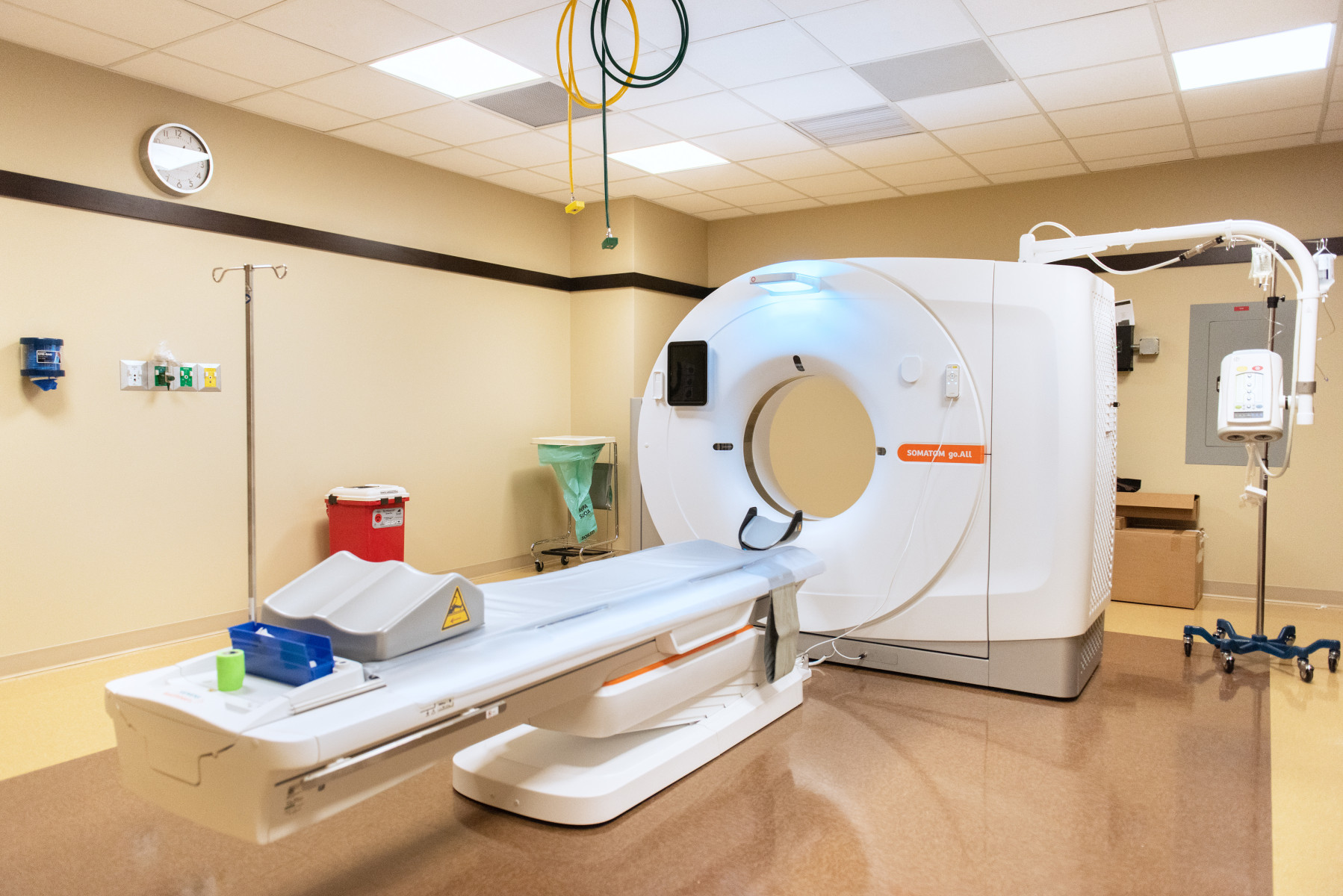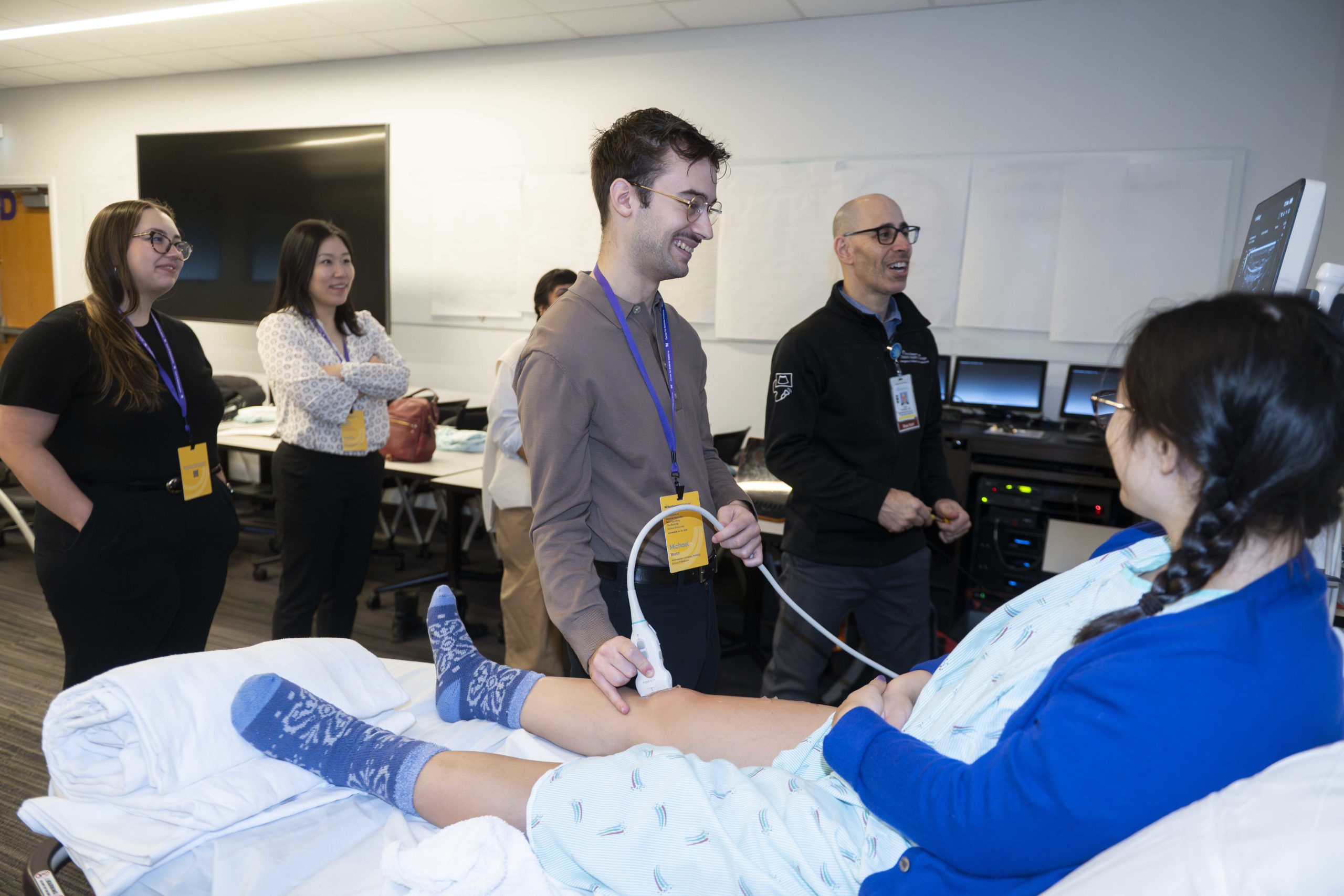Tag: Research
-

Discovering a Protein’s Role in Gene Expression
Northwestern Medicine scientists have discovered that a protein called BRWD2/PHIP binds to H3K4 methylation, a key molecular event that influences gene expression.
-
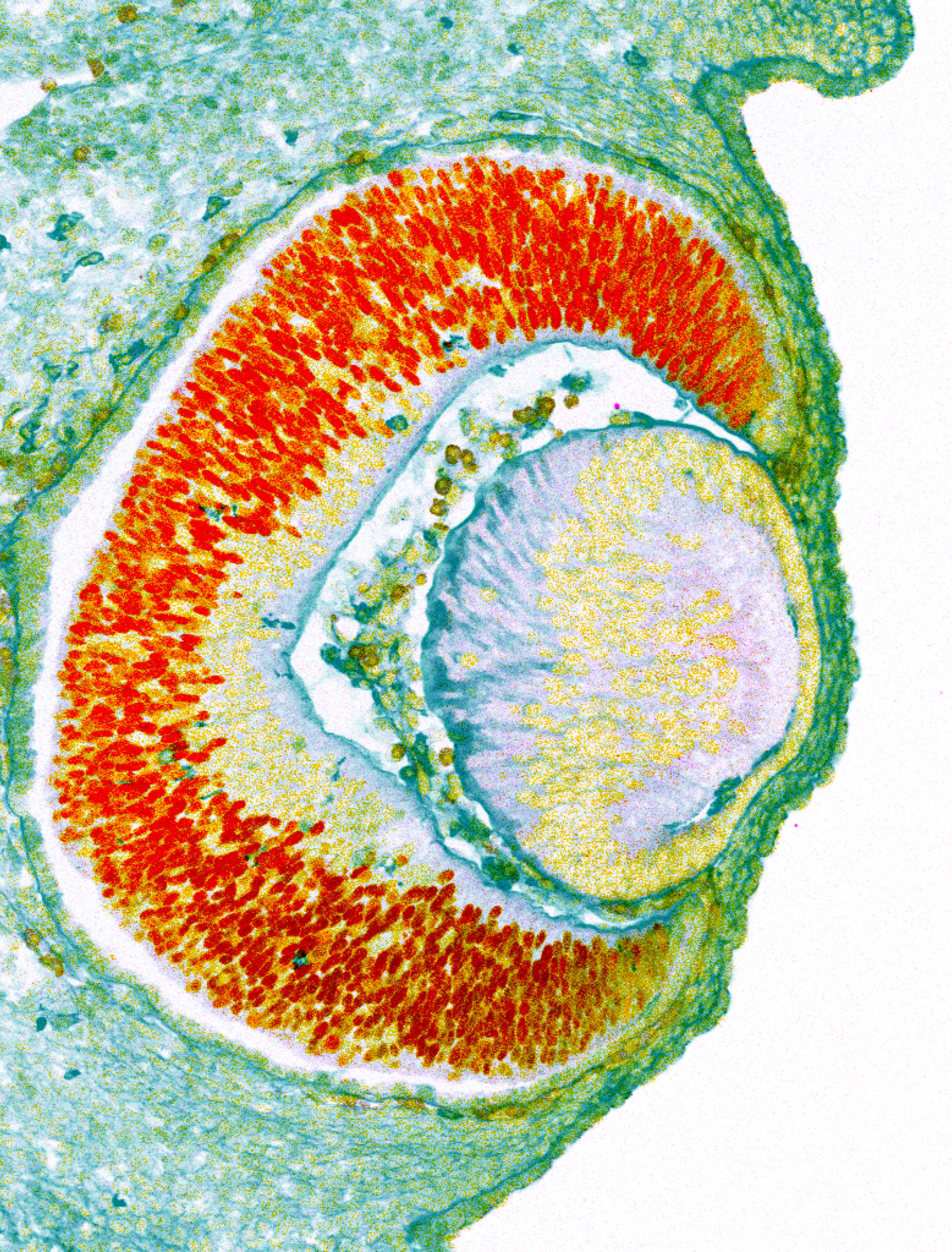
Exploring the Genetics of Glaucoma and Retinal Development
Northwestern Medicine scientists have discovered a genetic basis for glaucoma symptoms and the impact of other genes in early retinal development.
-

New Drugs Show Promise in Critically Ill Patients
Two Northwestern Medicine clinical trials investigated drugs to treat patients suffering from vasodilatory shock and respiratory failure, showing promising results.
-
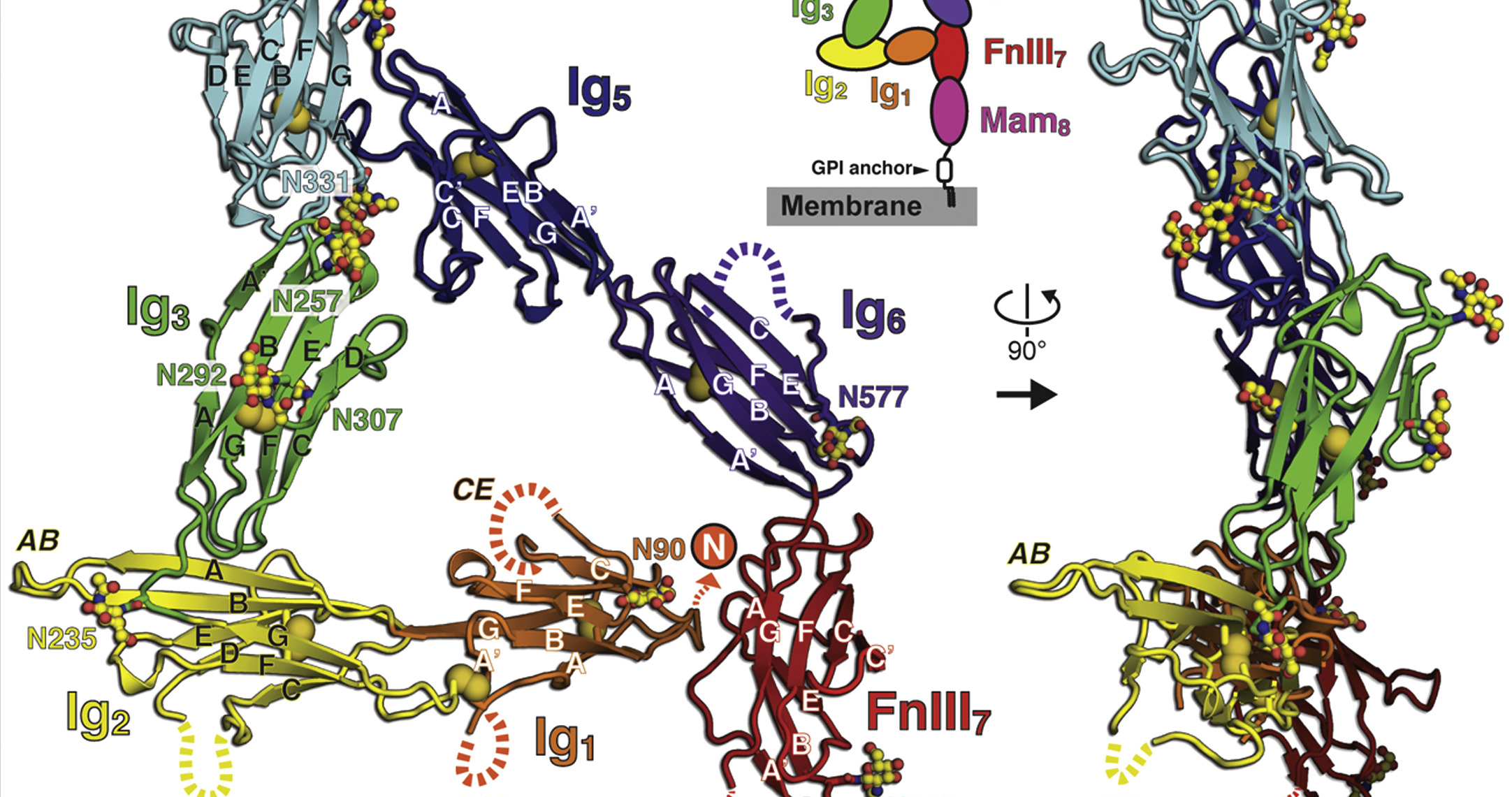
Crystal Structures Reveal How Abnormal Protein Interactions Impair Synapse Function
Northwestern Medicine investigators applied discovery-based proteomics to identify synaptic protein interactions that possibly contribute to autism spectrum disorders.
-

Chemotherapy Drug Maintains Quality of Life Despite Side Effects
Patients with advanced neuroendocrine tumors had a similar quality of life while on a newly approved chemotherapy drug, as compared to patients receiving a placebo, according to a Northwestern Medicine study.
-
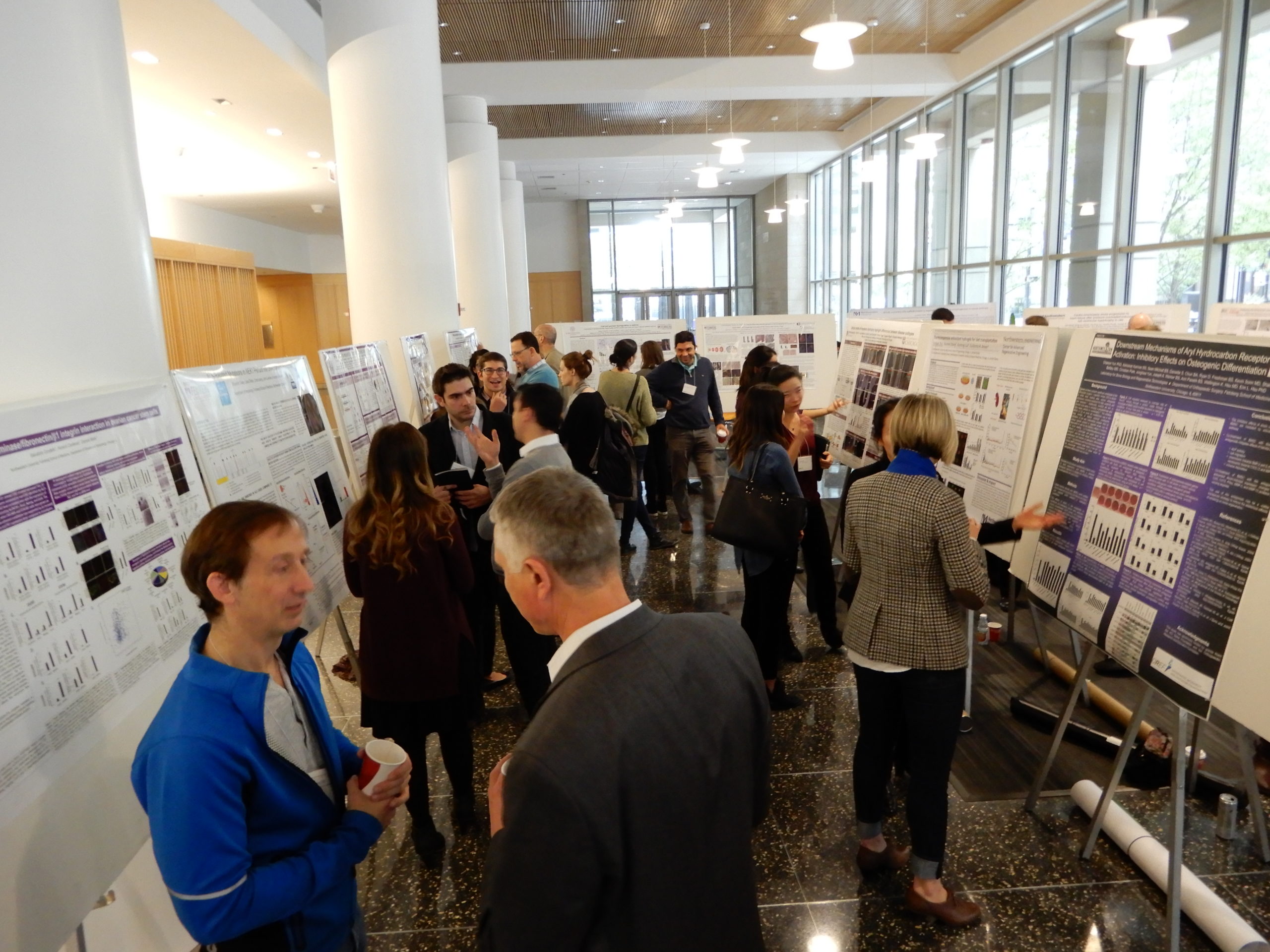
Bringing Together Stem Cells and Regenerative Biology
Scientists, students and trainees from dozens of departments gathered recently for the inaugural Stem Cells and Regenerative Biology Research Retreat.
-

Exploring Interventions to Reduce Antibiotic Overuse
Simple behavioral interventions can be effective at curbing inappropriate antibiotic prescribing, if adopted for the long term, according to a recent study published in JAMA.
-
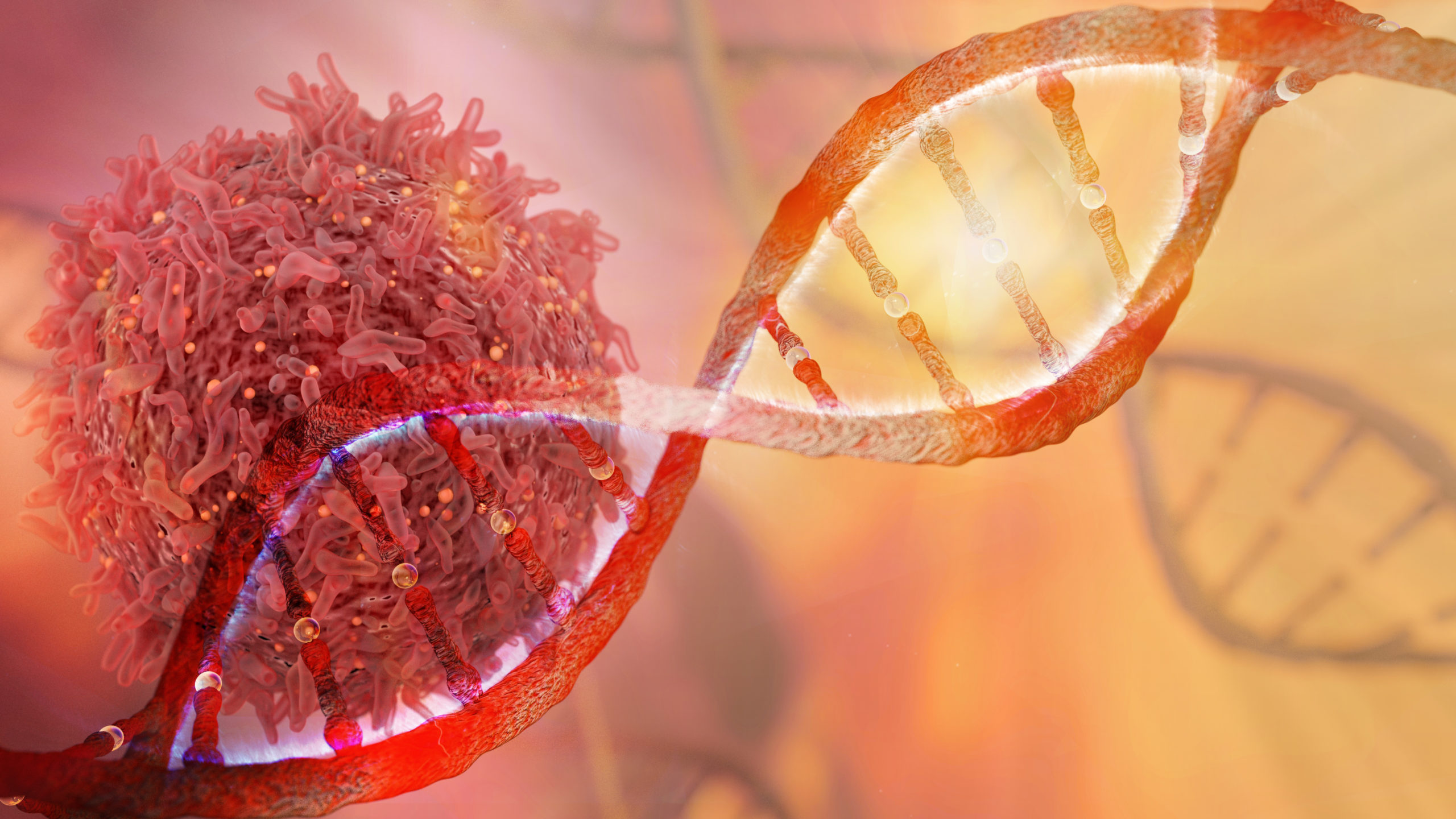
Scientists Identify Genetic Drivers of Common Lymphoma
A team of scientists has identified the genetic drivers of diffuse large B-cell lymphoma, the most common type of blood cancer, and determined the genes’ clinical significance.
-
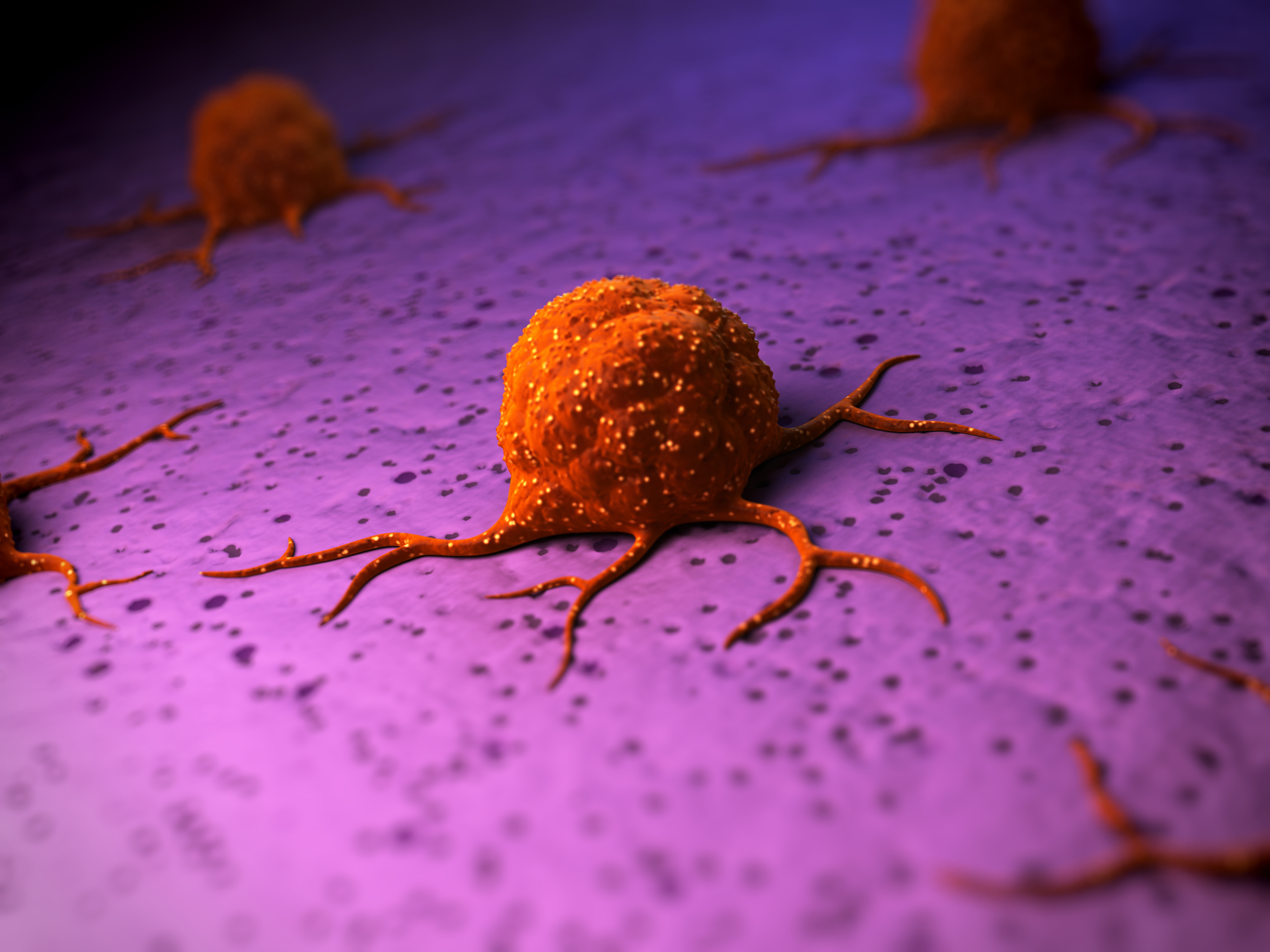
Suicide Molecules Kill Any Cancer Cell
Small RNA molecules can trigger a mechanism hidden in every cell, forcing it to commit suicide, according to a new Northwestern Medicine study, the first to identify molecules that trigger such a fail-safe mechanism.
-
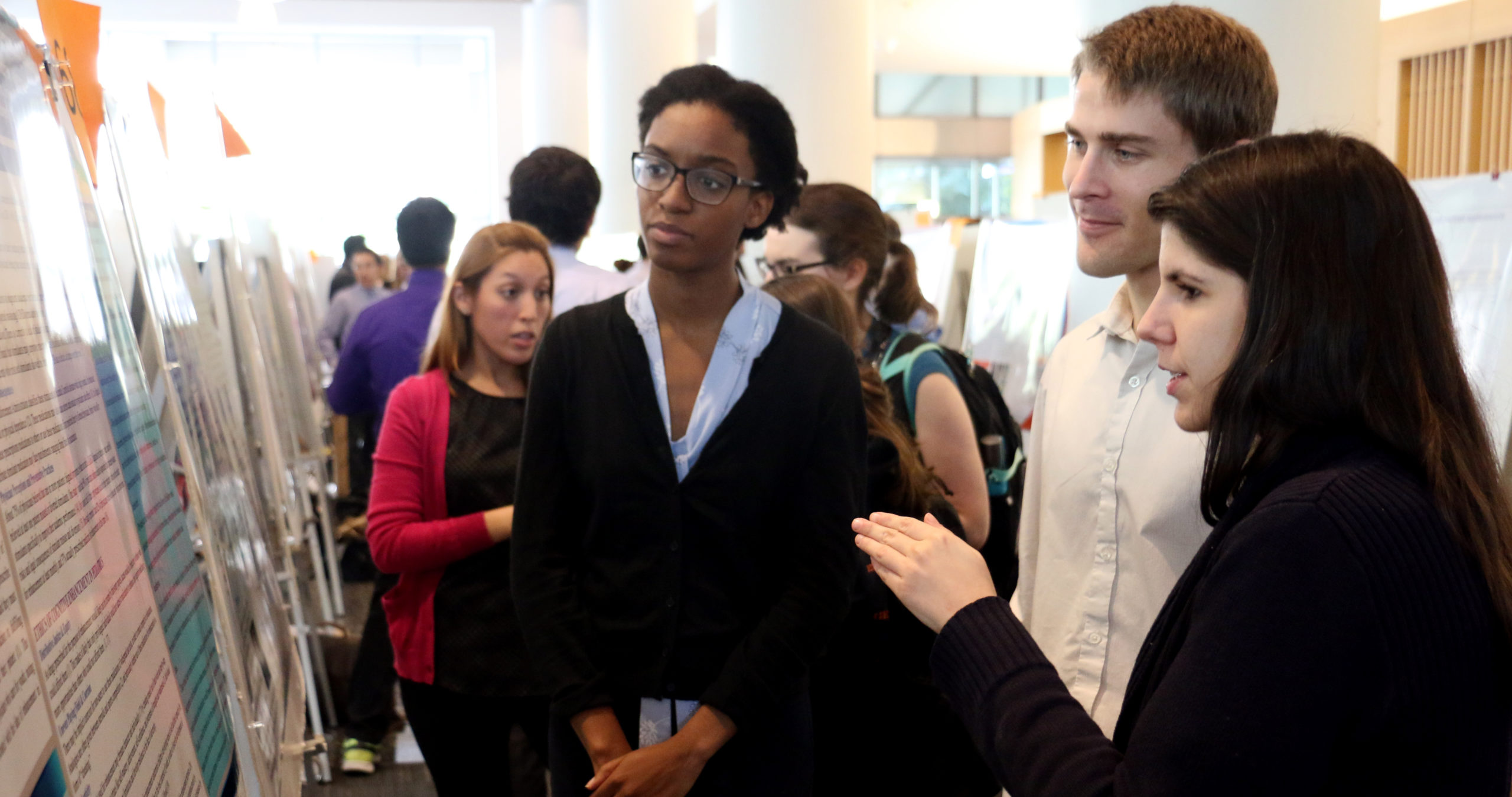
Students Present Their Research at AOSC Poster Session
Second-year medical students showcased ongoing results from their Area of Scholarly Concentration research projects at a recent poster session.


